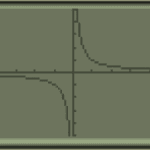
The next dates for the SAT in Seattle are Oct.1, Nov. 5, and Dec. 3. Make sure to give yourself ample time to prepare and take the test multiple times. Registration deadlines are Sept. 1, Oct. 7. and Nov. 3, respectively. More info at the College Board .
More




